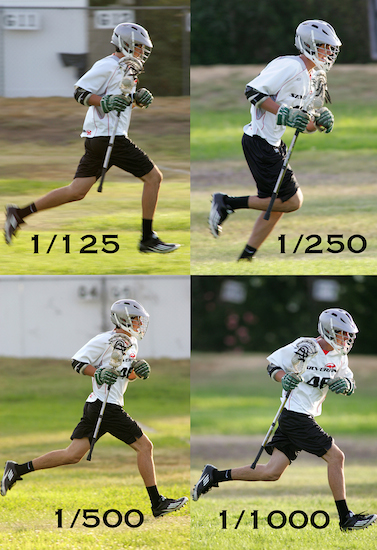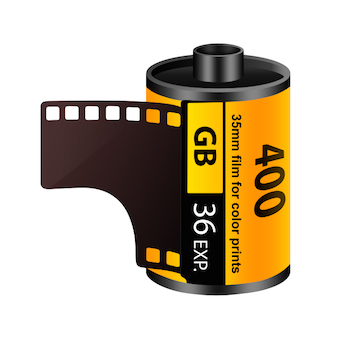Action Photo Cornerstones
Whether you know it or not, sports photography has an unwritten set of rules that we have all come to love. In order to become aware of these rules, take a few minutes in the next week and look around at some different action sports images. Look over a sports magazine next time you are waiting in line at the store. Next time you are online, take a diversion into the sports section of your favorite online news source. What you will start to see is that a great action photo has certain elements you will see repeated again and again. Though these elements are not hard to achieve, there is some manipulation involved.
One of the first things you will notice is that most action photography will freeze the action with no blur. Of course there are always exceptions. Take for instance those action shots where the action is intentionally blurred to show motion. But for the most part, the goal is to freeze one moment in time. Stopping the action is Step One, and that is controlled with your shutter speed. The reason we are drawn to this as an observer is that we have time to study the human form in peak action. In real time you only see a series of movements. Even when you watch something in slow motion you aren’t really able to appreciate the beauty of a single moment. The combination of physical contortions, emotion and clarity of focus is something you can really spend some time with. Freezing that moment for all time is what sports photographers do and they need to know how to control that either manually or by setting their cameras on the Sports Mode. To learn more about shutter speed, see my earlier article in the Beginners Platform section.
The second thing you will notice continually includes isolating the subject in the photo. As you already know, whether you are in a baseball park, in a soccer stadium, near a pool or inside a gymnasium, there is a lot of clutter in the background. You have bleachers, fans, poles, fences, sideline players and coaches, snack shacks, cars, etc... So how do sports photographers eliminate all that garbage and make you focus on the subject at hand? It is done by simply making the background blurry. How do they do that? They do it with a specific aperture setting and by controlling the depth of field. Check out these articles to learn more about Depth of Field and Aperture settings.
In my experience, the final element is not technical. It is all about emotion and the eyes. I have found that you can capture the most amazing physical contortion but without the emotion in the eyes, the photo is still only OK. When you can freeze the peak of the action, isolate the subject so that there is no question where you are supposed to look and you add in the eyes for emotion, that is when you have the perfect cocktail for a stunning sports photo.
Of course, there are other elements that go into capturing a great image. But if I had to distill it down to three points, those would be the ones I would point to every time. I realize that two of those three include controlling your camera with your settings and I would encourage you to master how to make those corrections. It may seem overwhelming at first but a great way to ease into it is by taking your camera off of the auto mode every once in a while. Shoot a game in the Manual mode. Take a look at some of my other articles and just give it a shot. The great thing about digital is that it doesn’t cost you anything to experiment. It is just editing time on your computer. Make a deal with yourself to try the Manual route. Find a shutter speed at 1/500 or higher, open your aperture as wide as it will go and give it a go. Sooner than later, you will see how those settings interact with each other.
Have a blast!
NEW! Free Sports Organization Resources
All of TeamSnap's ebooks, articles, and stories in one place. Access Now
Similar Articles:

Shutter Speed - Mastering the Big Three of Camera Settings (#1 in a series of 4)
Every time you take a photo, there are three main settings…
Read More

Knowledge is Power
You are ready to dive into the exciting world of sports…
Read More

ISO - Mastering the Big Three Camera Settings (#3 in a series of 4)
Welcome back to our four part series about the basic camera…
Read More
